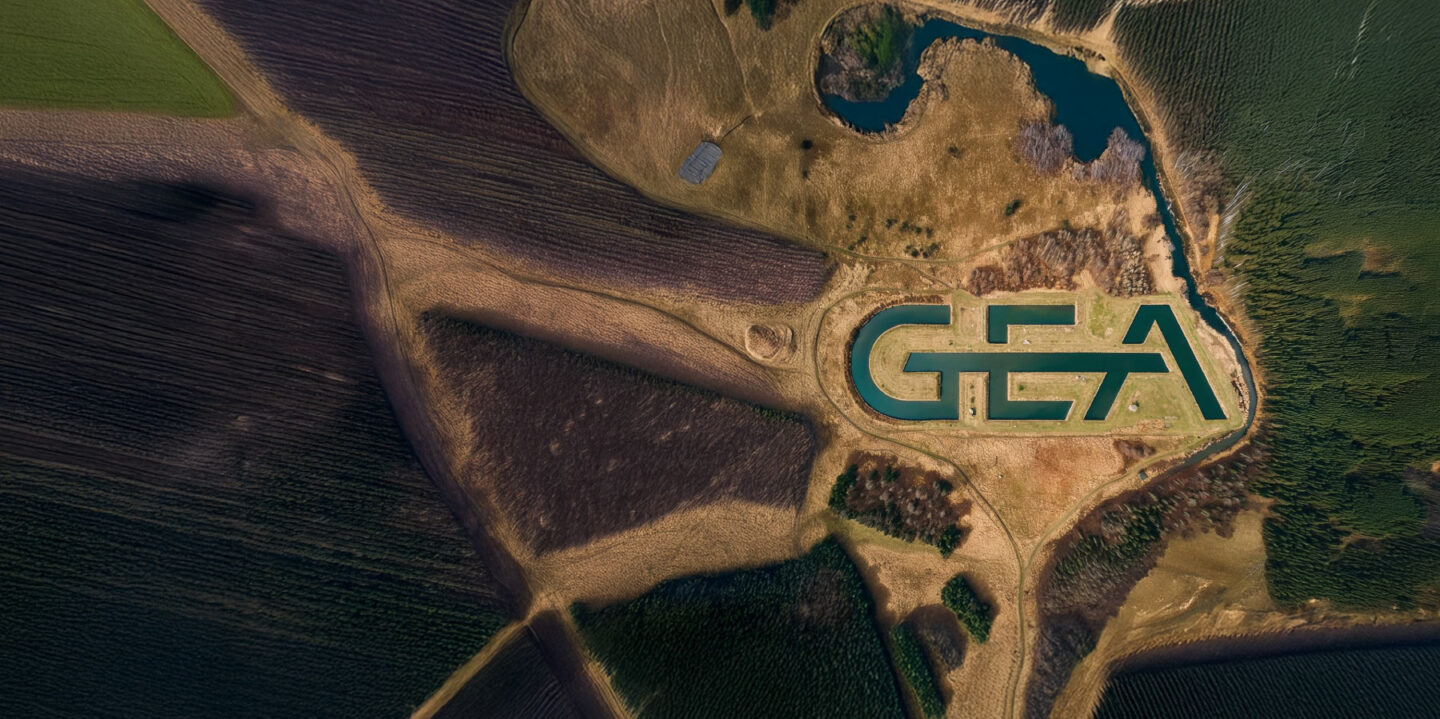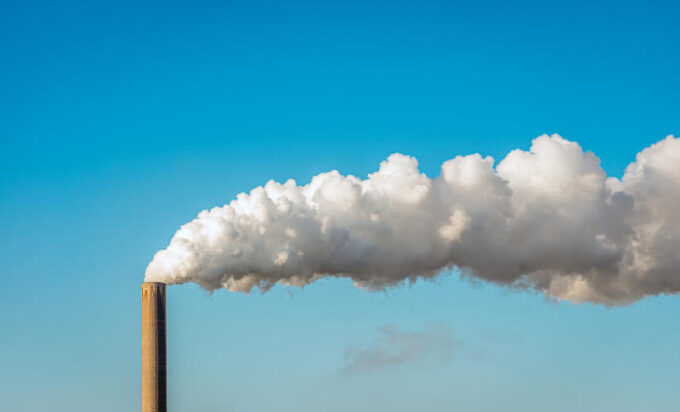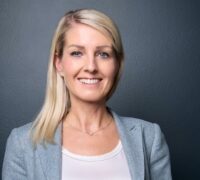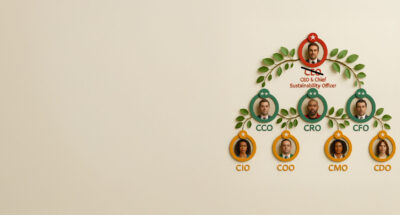The solution: Making sustainability everyone’s business
GEA’s response to the Scope 3 challenge is not to create a new sustainability silo, but to weave decarbonization into the very fabric of its operations from governance, innovation, product design, to sales. The result is a strategy that aligns climate goals with commercial advantage.
The transformation began by redefining who owns sustainability. It started at the top: the Global Executive Committee leads by example – while the Chief Sustainability Officer, as part of the GEC, ensures that climate considerations are embedded in every strategic decision. Executive compensation is directly linked to emissions reductions, including Scope 3, signaling to leadership and shareholders alike that this is core business, not corporate responsibility.
But the shift goes far beyond governance. In 2023, GEA launched its first internal “Sustainathon,” a company-wide innovation sprint modeled on hackathons, designed to crowdsource ideas from employees for reducing product-related emissions. Over five months, 88 employees across divisions developed more than 60 proposals – from energy-saving software tweaks to bold redesigns of key machinery. The winning teams received funding and direct support from top management. “The Sustainathon promotes fresh thinking and encourages employees to develop radical solutions to reduce the emissions of popular GEA products,” explains Wolfgang Deis, GEA Innovation Process Manager.
With a mobilized workforce and incentives in place, GEA turned to the challenge of reducing emissions across its value chain. The answer: enable customers and suppliers to cut their own emissions, while growing business in the process.
One breakthrough came with the Add Better ecolabel, a third-party validated label that identifies GEA machines and systems that outperform their predecessors by a measurable margin in energy or water efficiency. It’s a simple but powerful proposition for factory operators: invest in new equipment that not only performs better but cuts costs and emissions. GEA’s E-Bake solutions, for example, modernize the baking process with electric heating systems that cut energy use by up to 40% compared to gas models.
Retrofit options enable a switch from gas to electric, saving up to 14%. As resource-efficient technologies, they proudly carry the Add Better label. “Solutions in our Add Better portfolio help customers tackle rising energy costs, resource scarcity, and operational risks,” explains Sterley.
For a holistic analysis of an entire production process, GEA supports customers with Add Better Consulting – a dedicated strategy service that helps set priorities, define roadmaps, and develop effective transition plans. As the essential starting point, Add Better Consulting turns ambition into actionable plans, providing tailored decarbonization strategies, plant transition blueprints, and concrete budget considerations.
Building on these foundations, GEA brings the strategies and blueprints to life with NEXUS, an integrated engineering service solution that optimizes entire production systems – from heating and cooling to cleaning and recovery. The goal is to reengineer processes, not just machines. These end-to-end solutions unlock deep energy and emissions savings, while enhancing operational resilience. For example, GEA’s innovative low-carbon heat network at Heineken’s Manchester brewery demonstrates how integrating sustainable heat recovery solutions can significantly reduce energy consumption and emissions in large-scale manufacturing
These initiatives have helped GEA cut product-related emissions by a third since 2019.
These are not compliance-driven activities. For GEA, sustainability has become a platform for innovation, competitive advantage, and long-term growth. With 41.6% of its revenue already coming from its sustainable product portfolio, and with a target of 60% by 2030, GEA is effectively transforming its business model and the industrial ecosystem in which it operates.









